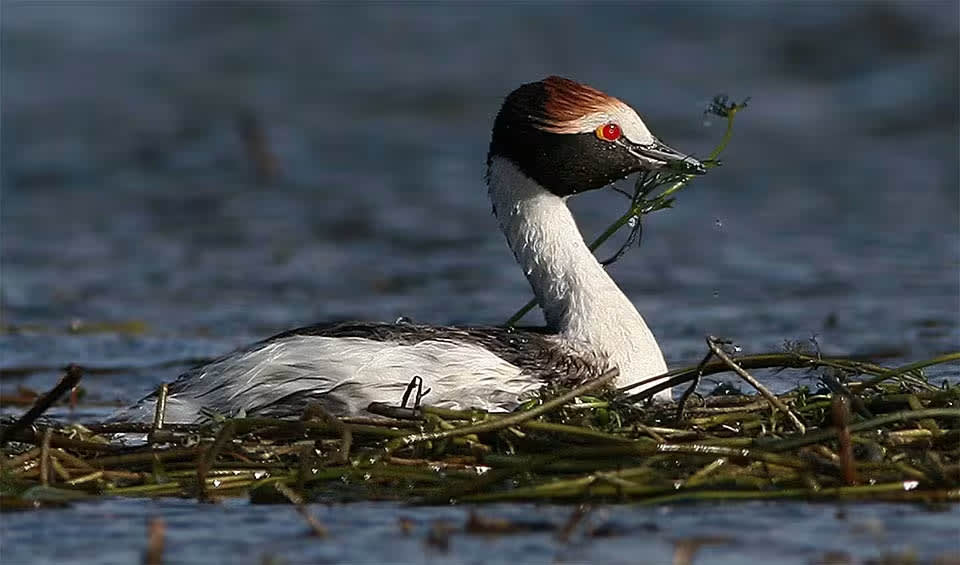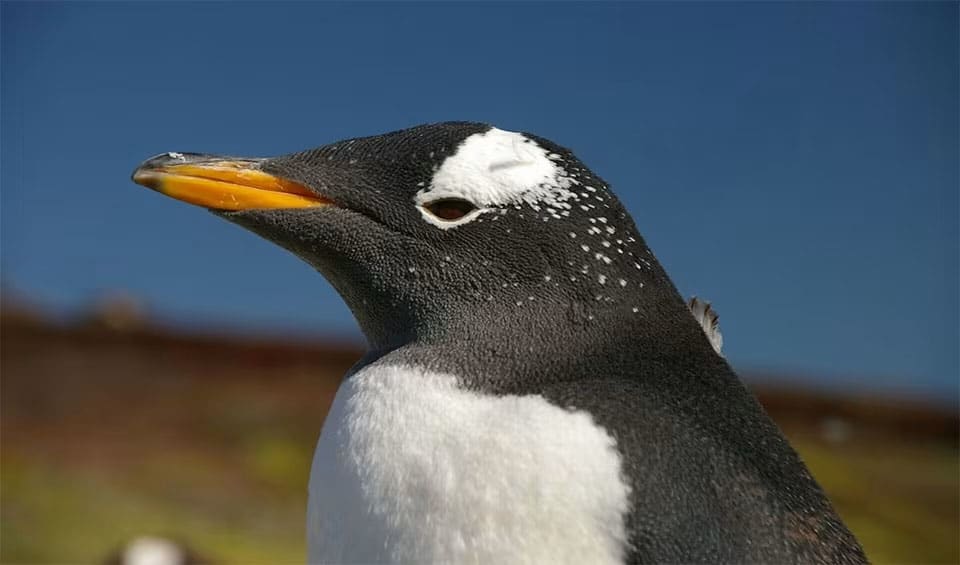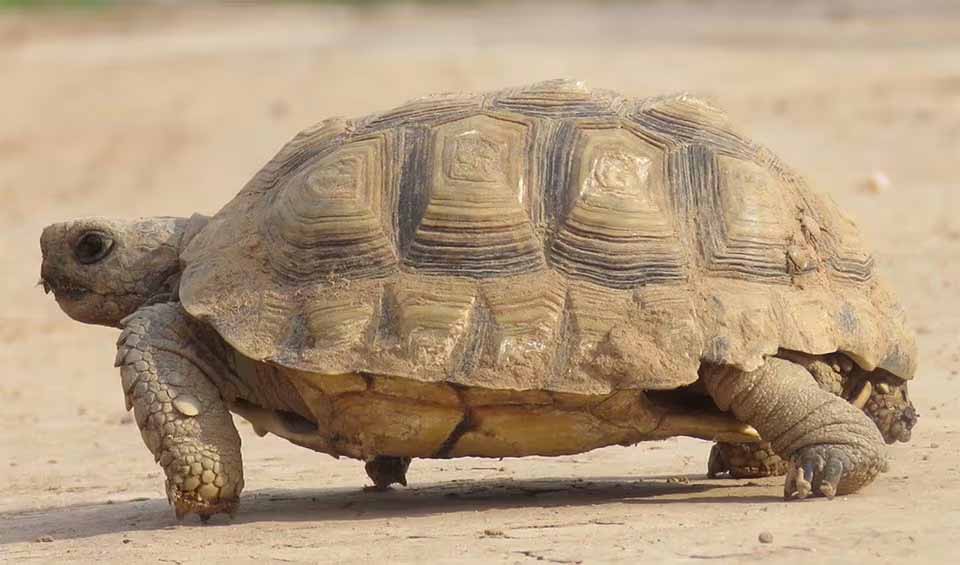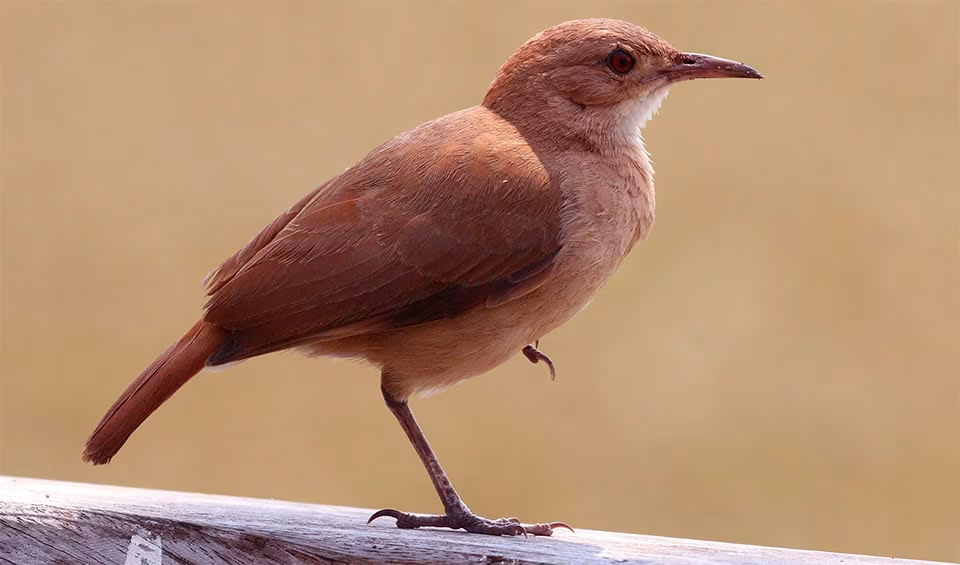Argentina encompasses a diverse range of 18 ecoregions within its complex territory, including subtropical zones, Antarctic regions, high mountains, and deep parts of the Atlantic Ocean. Within this varied landscape, Argentina boasts an exceptional abundance of biodiversity, hosting a wide array of animal and plant species. From the majestic jaguars thriving in the rainforests to the endearing penguins inhabiting Patagonia, Argentina exhibits a remarkable diversity of unique creatures. Its flora is equally impressive, featuring everything from hardy cacti to delicate orchids.
Additionally, Argentina harbors diverse ecosystems such as the Andes mountain range, the expansive Pampas grasslands, and the lush Atlantic Forest, all of which play pivotal roles in supporting biodiversity by providing habitats and resources for countless plant and animal species.
Four pillars elaborated:
Argentina safeguards its ecosystem diversity through various conservation areas like national parks, nature reserves, and wildlife refuges, which serve to preserve the nation’s biodiversity by offering safe havens for threatened species and minimizing human disturbance to delicate ecosystems. These protected areas not only contribute to scientific research but also promote ecotourism, generating economic advantages while safeguarding Argentina’s invaluable ecological legacy. Notable examples include Nahuel Huapi National Park in Patagonia, home to the Andean-Patagonian Forest; Iguazu National Park in Misiones, protecting the Atlantic Forest; and Talampaya National Park in La Rioja, preserving the Monte Desert ecosystem. Land Management
Land Management
Despite Argentina’s abundant biodiversity, various human activities are significantly impacting the natural habitats of its species. Deforestation, habitat destruction, and pollution pose significant threats to the conservation of Argentina’s biodiversity, affecting the genetic diversity of organisms, reducing population sizes, and pushing some species towards extinction. For instance, deforestation is particularly severe in the Gran Chaco and the Atlantic Forest, resulting in habitat loss for species like jaguars, monkeys, and birds, while also contributing to soil erosion and climate change, further harming ecosystems. Threats to Biodiversity
Threats to Biodiversity
Habitat destruction also arises from activities such as mining and agriculture, involving the clearance of large land areas, leading to soil degradation and habitat fragmentation. Pollution, especially in urban regions, poses another substantial threat, with industrial and domestic waste contaminating rivers and streams, making it challenging for aquatic life to survive. Additionally, air pollution from industrial operations and vehicle emissions causes respiratory issues for animals and humans alike, exacerbating the ecosystem’s degradation.
Argentina has made significant strides in preserving its distinctive biodiversity. Establishing a National System of Protected Areas, which encompasses over 30 national parks and reserves covering approximately 9% of its landmass, the country has created vital habitats for numerous plant and animal species while fostering opportunities for sustainable tourism and outdoor activities. Moreover, Argentina has enacted legislation like the Biodiversity Law of 2001 and the Forest Law of 2007 to regulate activities such as deforestation and prioritize biodiversity conservation in land-use planning. Collaborations with international organizations, including membership in the Convention on Biological Diversity, further bolster Argentina’s conservation endeavors. Capacity and Governance
Capacity and Governance
Additionally, partnerships with entities like the World Wildlife Fund and The Nature Conservancy have been instrumental in conservation projects. Local communities have also played a pivotal role, adopting sustainable resource management practices such as traditional farming methods and agroforestry systems, with indigenous peoples showcasing profound knowledge of the environment and serving as effective custodians of their territories.
Argentina is in the process of crafting an updated National Biodiversity Strategy and Action Plan (NBSAP), which centers on ten primary areas such as biodiversity conservation, restoration, and sustainable utilization, as well as effective management of biodiversity knowledge and information, alongside initiatives for raising awareness, communication, and education about biodiversity. Future Trends
Future Trends
Biodiversity
Argentina, the second-largest country in South America, boasts a remarkable diversity of ecosystems, including subtropical rainforests, expansive grasslands, high-altitude Andean regions, and the arid steppes of Patagonia. The northeastern rainforests in Misiones province, home to the Iguazú Falls, support species such as jaguars and toucans, while pampas deer, maned wolves, and rheas inhabit the fertile Pampas grasslands. The Andes mountains host unique wildlife like the Andean condor and vicuña, and Patagonia’s Valdés Peninsula is renowned for its marine life, including southern right whales and Magellanic penguins.Argentina’s marine biodiversity is equally impressive, with extensive coastlines along the Atlantic Ocean. The cold waters of the South Atlantic support a variety of marine species, including sea lions, penguins, and a plethora of fish and invertebrates. The coastal and marine ecosystems are vital for the fishing industry and also attract numerous tourists.
In the table below are the number of known species in several main groups, how many of these species are Threatened with extinction, and how many of them are Endemic (unique to Argentina only):
| Species (World rank) |
Threatened | % Threatened | Endemic | % Endemic | |
|---|---|---|---|---|---|
| Mammals | 407 (#17) | 38 | 9.3% | 96 | 23.6% |
| Birds | 1,002 (#15) | 56 | 5.6% | 15 | 1.5% |
| Reptiles | 474 (#16) | 25 | 5.3% | 195 | 41.1% |
| Amphibians | 177 (#22) | 30 | 16.9% | 48 | 27.1% |
| Fishes | 1,031 (#48) | 123 | 11.9% | 34 | 3.3% |
| Plants | 10,221 (#34) | 70 | 0.7% | 321 | 3.1% |
mammals
South Andean deer
National symbol of Chile and appears on the country’s coat of arms, representing the nation’s wildlife heritage and natural beauty
Spectacled bear
The last surviving bear species of South America, native to the Andes mountains
Giant anteater
These specialist predators of termites and ants are not immune to ant bites
birds
Andean condor
The largest and heaviest raptor in the world
Hooded grebe
Easily recognizable by its distinctive black hood, which it can raise or lower at will
Gentoo penguin
Bushy tailed fastest diving penguin
reptiles
Boa constrictor
A small genus of Large snakes, strangling their prey endemic to the Americas
Chaco tortoise
Can go for a long time without drinking water because they get enough from the plants they eat
Yacare caiman
Jacare caiman, raguayan caiman, piranha caiman, red caiman, southern spectacled caiman! It has no shortage of nicknames
National Animals
Rufous hornero
Remarkable architects that construct domed nests from mud and straw














